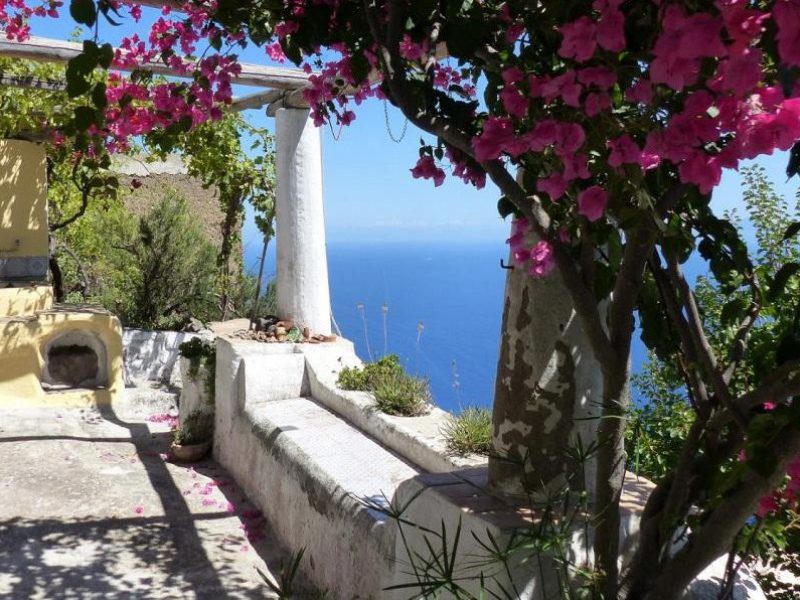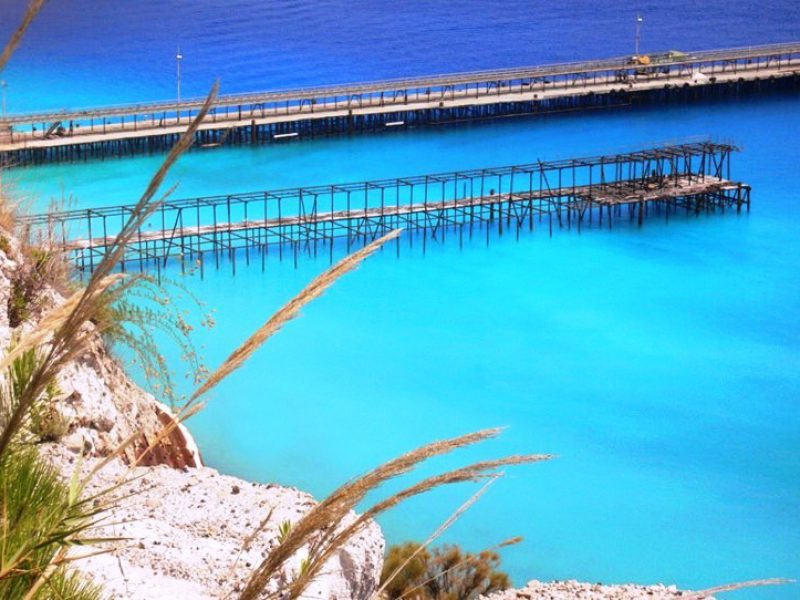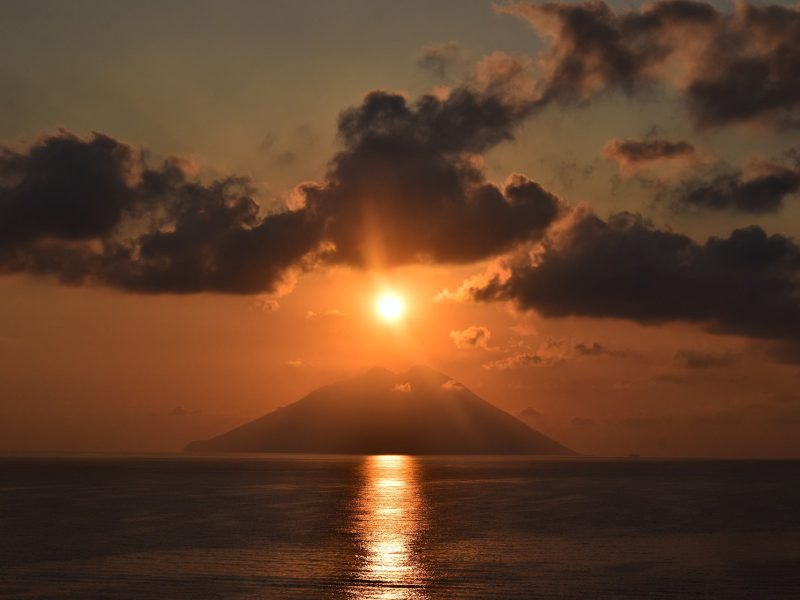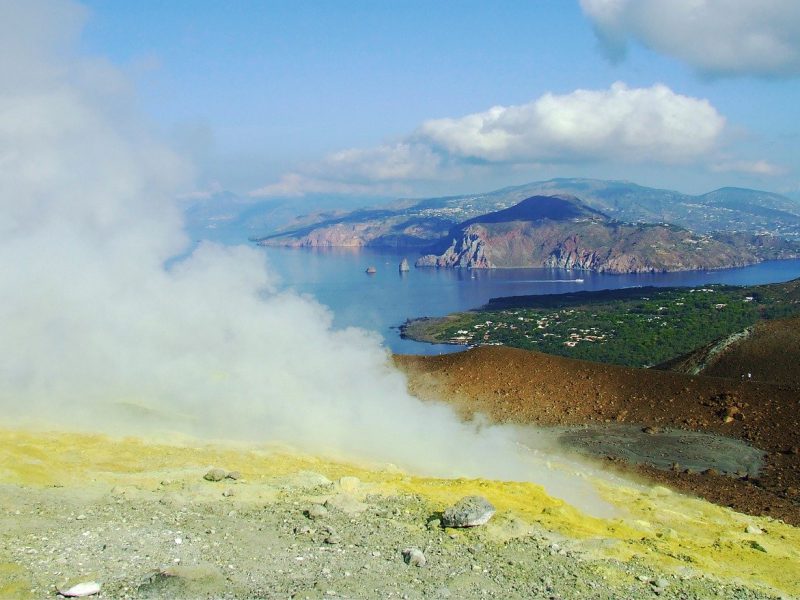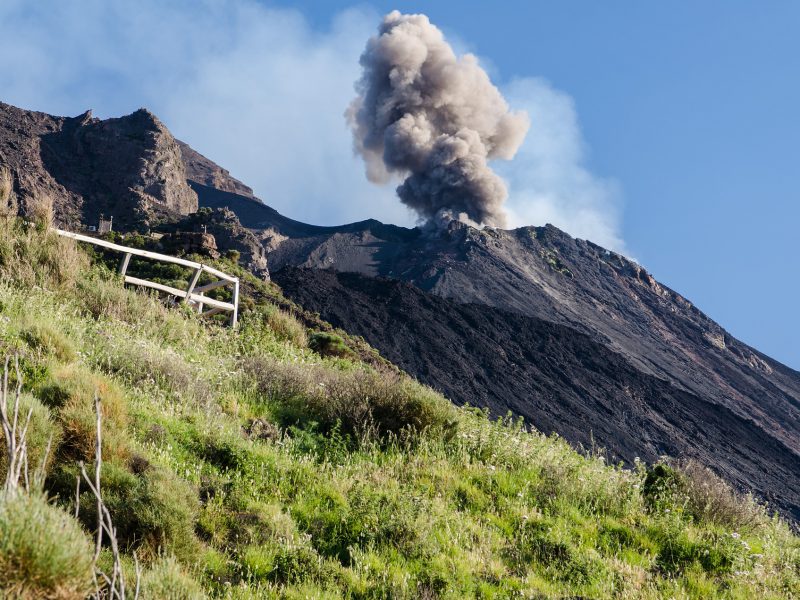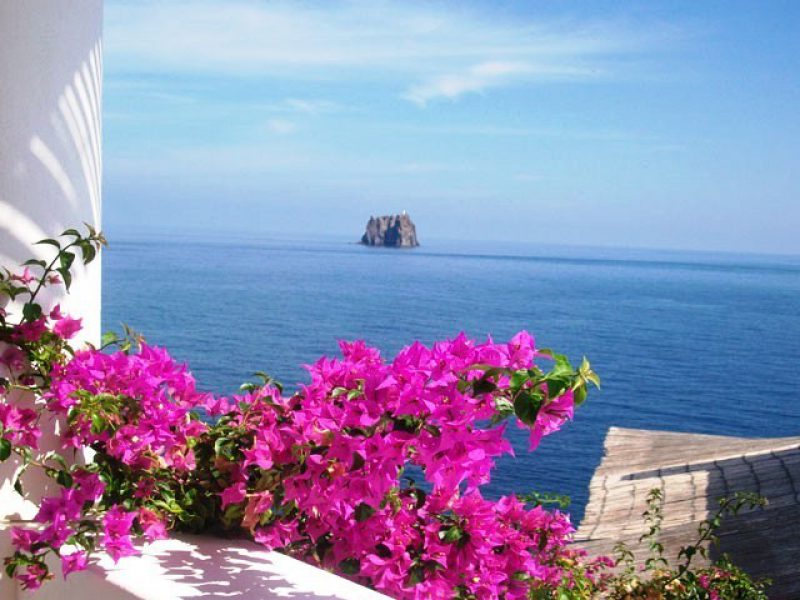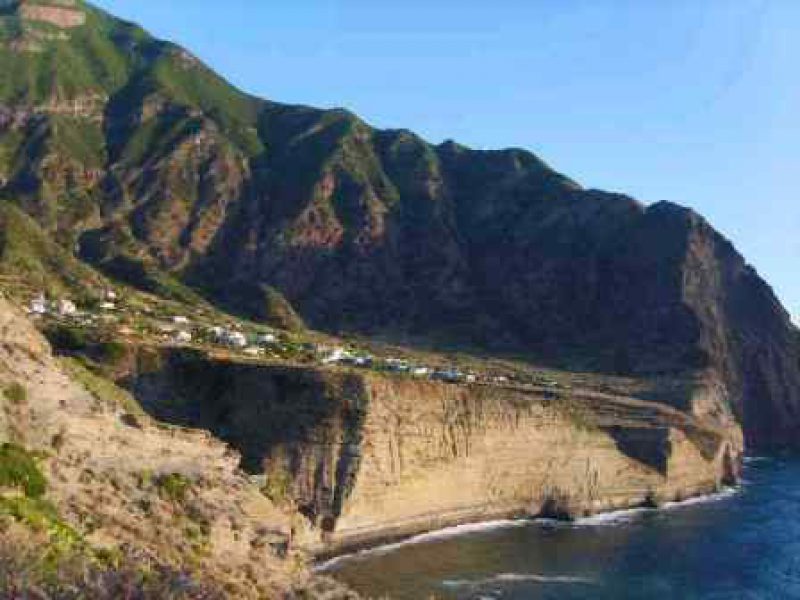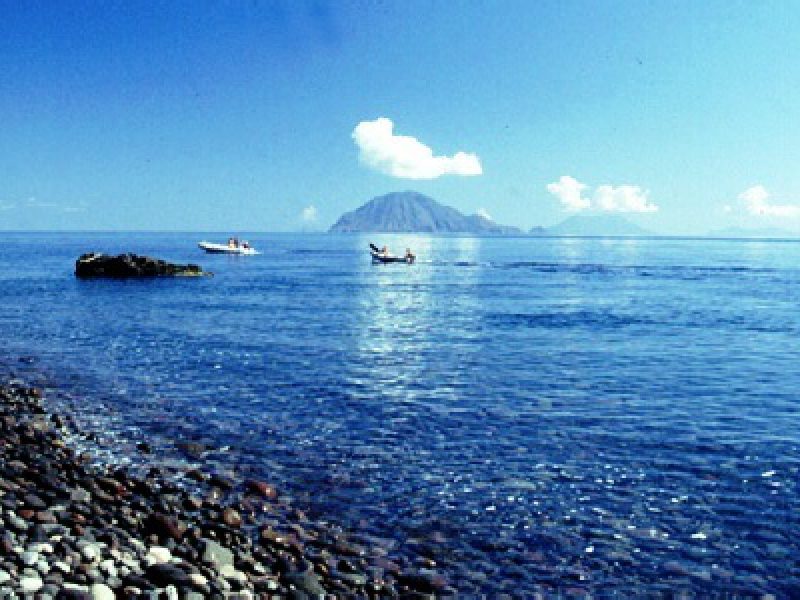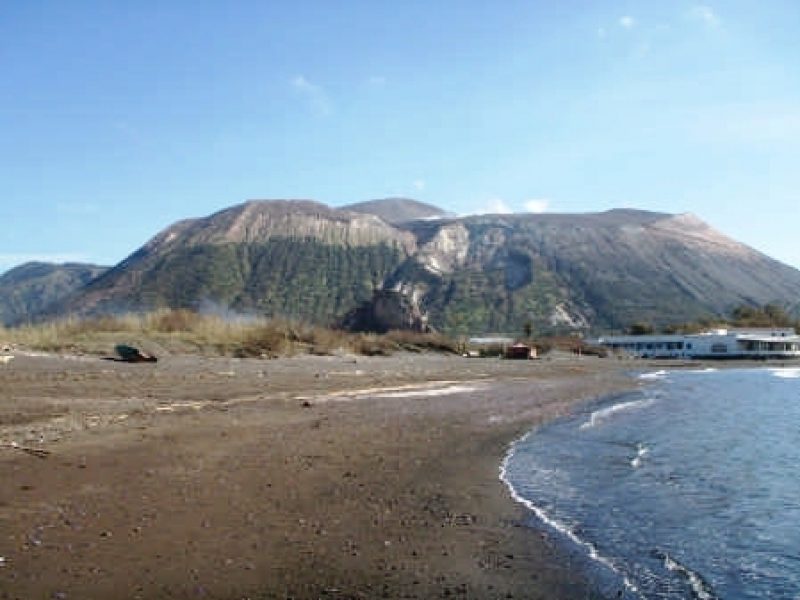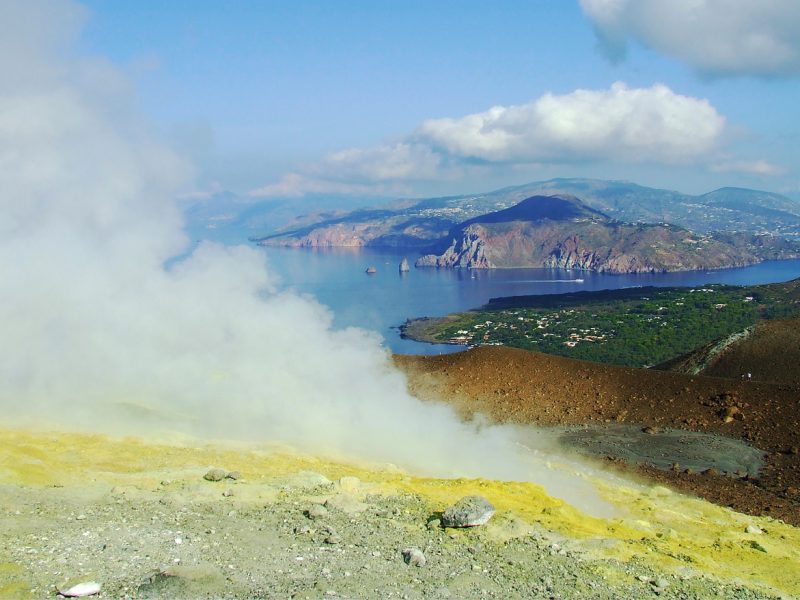Island of Salina
Salina is the ancient Didyme (twin) due to the shape of the island. Salina is the greenest, with a nature reserve that occupies more than half of the territory. In fact, unlike other islands of the archipelago, Salina has a source of fresh water and therefore has rich vegetation. Over 400 species of plants grow on the island, and the mountains of the island are covered with ferns, poplars, domestic chestnut trees, and the typical Mediterranean vegetation that includes capers, prickly pears.
The island grows vines, olives, capers, and various fruits. The island is particularly famous for Malvasia, a famous white wine produced only on Salina. The wine is golden in color and has an intense and delicate sweet scent. Recently, more and more extra virgin olive oil has been produced. Salina often boasts of its capers and the annual caper festival is held in the first week of June.
Monte Fossa delle Felci with its 962 meters is the highest peak of the Aeolian Islands, while Monte Porri, almost twin, reaches 860 meters in height.
The island is the only one in the archipelago not dependent on Lipari. Indeed in Salina, there are three autonomous municipalities: Malfa, Leni, and Santa Marina. Salina has two landings: Santa Marina which is the main port and the small port of Rinella.
The island is connected by tens of kilometers of roads. The best solution for visiting the island is to rent a scooter or a car. However, in the summer it is well connected until late in the evening with public buses.
In Santa Marina, it is possible to admire a wonderful eighteenth-century church. The center is full of typical shops and restaurants and there is also a small Wine Museum. Do not miss a visit to the archaeological site of Portella, a Bronze Age village of great beauty and good conservation.
About 2 kilometers from Santa Marina there is the hamlet of Lingua, where there is the brackish water lake from which salt was obtained in the past and from which the island takes its name. A few steps from the lake we also find the Civic Museum and the Archaeological Museum of the Island.
Malfa is the most populated town and it is here that the best accommodation facilities on the island are located.
Malfa is located on a hilly terrace 90 meters above sea level. Since it is exposed to the north, it is the coolest and greenest place on the island. Here we also find the Museum of the Emigration of the Aeolian population.
Do not miss the beautiful bay of Pollara known for being the place where the most beautiful scenes of the film “Il Postino” with Massimo Troisi were shot.
Pollara is a small village in a volcanic pit overlooking the sea. The last volcanic eruption on Salina took place in this part of the island 13,000 years ago, creating the semicircular crater of Pollara. Continuing, you can admire the Perciato, a suggestive arch of volcanic rock. In Pollara, you can witness unforgettable sunsets with the sun going down in the middle of the sea between the islands of Filicudi and Alicudi.
Finally, Leni, which is located about 200 meters above sea level, is world-famous for its Malvasia vineyards, especially in the Valdichiesa hamlet, right between the two mountains. In addition to Malvasia, the island of Salina is famous throughout the world for the Salina Caper. Trekking paths also start from Valdichiesa to get to the top of Monte Fossa.
In Rinella, which is a small fishing village, there is the only black sand beach on the island.

